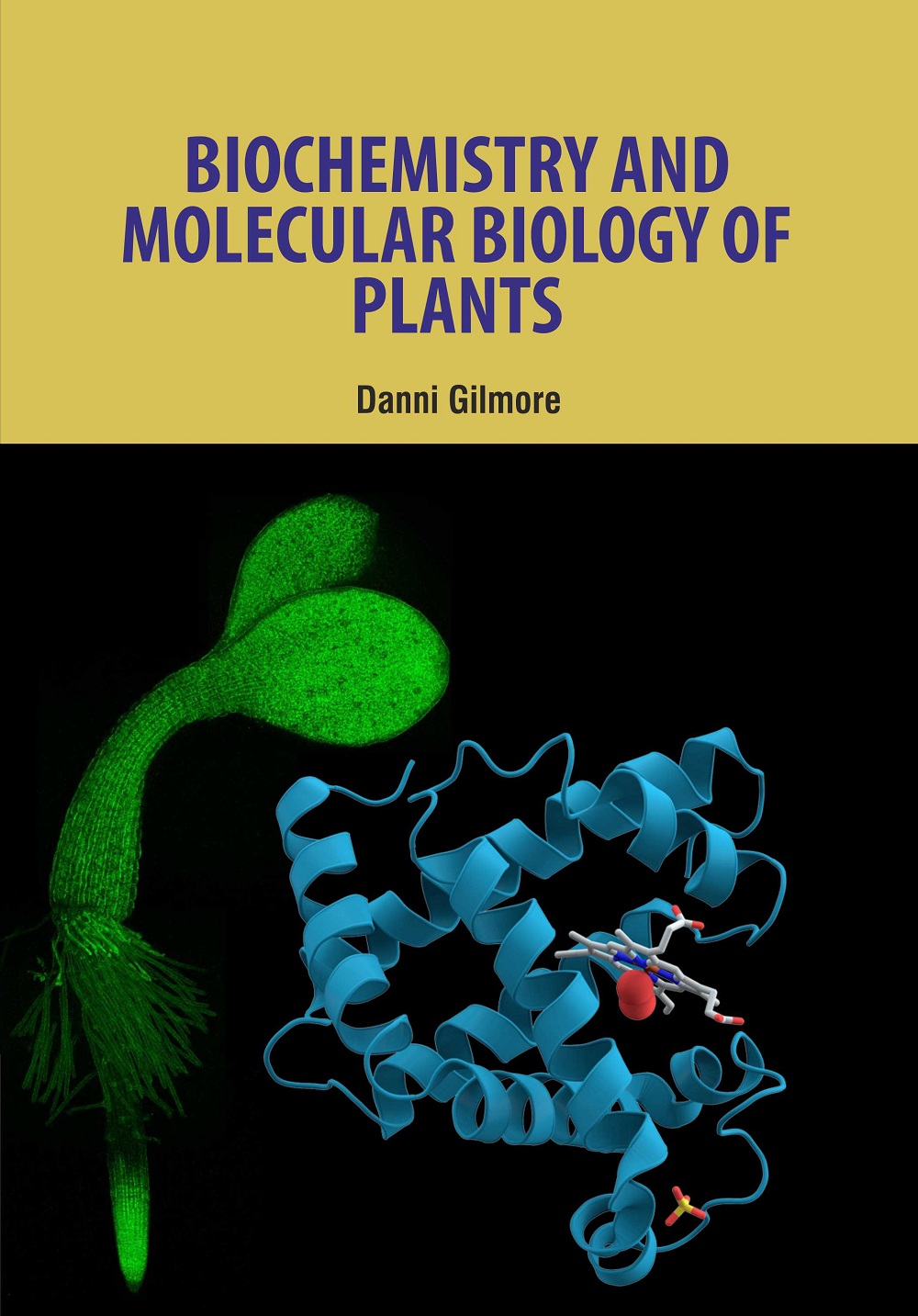Biochemistry and Molecular Biology of Plants Danni Gilmore
- ISBN: 9781788821414
- Edition: 1st
- ©Year: 2020
- List Price : 165
About the Book
Membrane structures are spatial structures made out of tensioned membranes. The structural use of membranes can be divided into pneumatic structures, tensile membrane structures, and cable domes. In these three kinds of structure, membranes work together with cables, columns and other construction members to find a form. Peripheral membrane proteins are found on the outside and inside surfaces of membranes, attached either to integral proteins or to phospholipids. Unlike integral membrane proteins, peripheral membrane proteins do not stick into the hydrophobic core of the membrane, and they tend to be more loosely attached. Cells are the smallest units of life.They are a closed system, can self-replicate, and are the building blocks of our bodies. In order to understand how these tiny organisms work, we will look at a cell's internal structures. We will focus on eukaryotic cells, cells that contain a nucleus. Prokaryotic cells, cells that lack a nucleus, are structured differently. The cell membrane is an extremely pliable structure composed primarily of back-to-back phospholipids (a "bilayer"). Cholesterol is also present, which contributes to the fluidity of the membrane, and there are various proteins embedded within the membrane that have a variety of functions.Today, the DNA double helixis probably the most iconic of all biological molecules. It's inspired staircases, decorations, pedestrian bridges and more. A vesicular transport protein, or vesicular transporter, is a membrane protein that regulates or facilitates the movement of specific molecules across a vesicle's membrane. As a result, vesicular transporters govern the concentration of molecules within a vesicle. Plants require higher amounts of nitrogen as it is important in their structure and metabolism. Nearly, 80 per cent of the earth's atmosphere is composed of nitrogen, bathing the entire plant world, but unfortunately most plants cannot utilize it in its elementary form.The book is a meticulously organized and richly illustrated work, useful both for teaching and for reference. It is intended to serve plant biology and related disciplines, ranging from molecular biology and biotechnology to biochemistry, cell biology, physiology, and ecology. Researchers in the pharmaceutical, biotechnology, and agribusiness industries will find a wealth of information inside.
Danni Gilmore did his graduate work on bacterial antibiotic resistance to earn his Ph.D. from Florida. During this time, he visited the Government's biological warfare facility. Following his degrees, he investigated the IL-1 and TNF signal transduction pathways that control apoptosis and immunity. He is a co-author of Biotechnology, 2nd edition and Molecular Biology, 2nd edition.The second edition of Molecular Biology won an award from the Textbook and Academic Authors Association. He has also authored an on-line study guide to accompany the update edition of Molecular Biology. He has taught courses in General Biology, Genetics, as well as Anatomy and Physiology.

